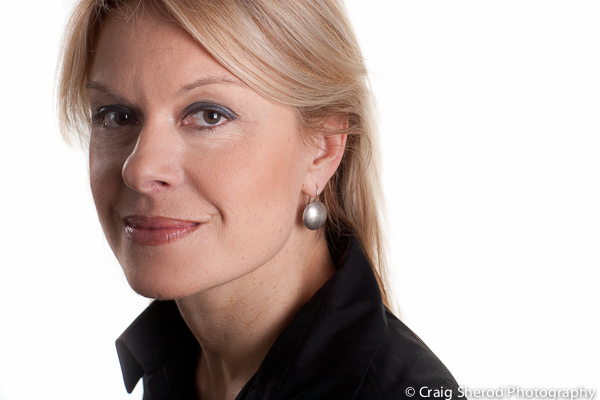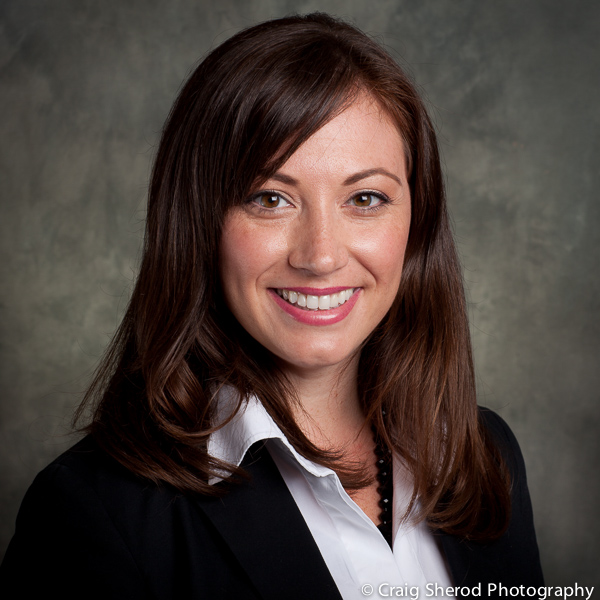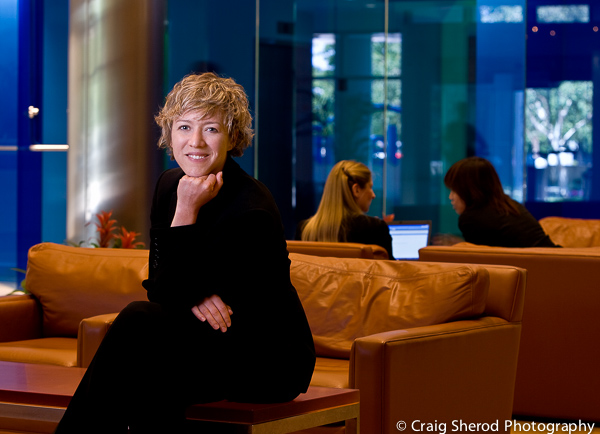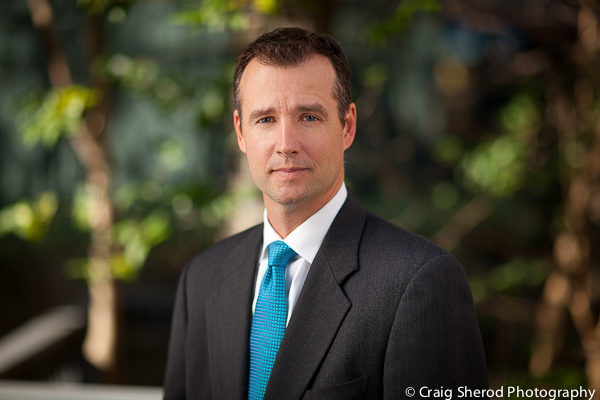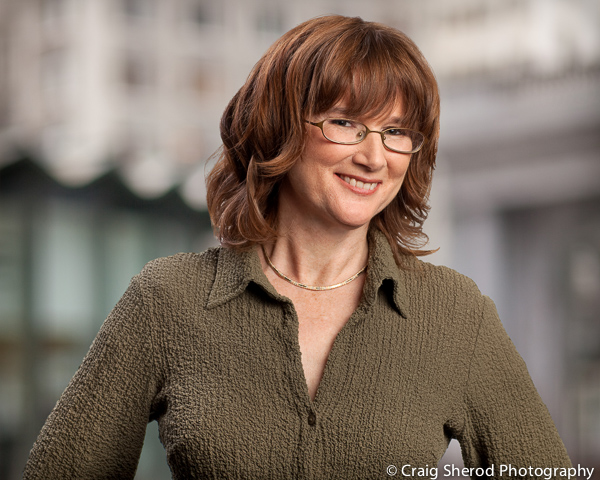Corporate Photography San Francisco, Silicon Valley, and San Jose CA
I’m asked to shoot headshots frequently as a corporate photographer. People sometimes assume it’s a trivial process but there are actually many decisions that go into making a great headshot.
Perhaps you wonder if you really need a “great” headshot? Why not get a quick shot that’s very inexpensive? Maybe you have a friend or co-worker with an expensive new DSLR. Ugh! Don’t get me started on that…. For most people, getting a great headshot is a great investment. In today’s world, your headshot will probably end up online in more places than you’d guess (e.g., LinkedIn, company website, professional association websites, conference websites, facebook), places that your prospective employers, partners, and customers will probably see. And that matters!
Studies have shown (well not really… but it’s still true) that people view your image for only a second or two but they draw far-reaching conclusions from that quick glance. Hopefully, they’ll conclude that you are smart, confident, professional, competent, and someone they wouldn’t mind working closely with. If not, then it’s probably going to cost you…and you may never even know it. Do you think a prospective client will call and inform you that you didn’t make the cut because your headshot put them off? No, of course not. They will move on and you will never know that you lost an opportunity. That’s why a great headshot is truly an investment.
Headshot or Environmental Portrait?
The first decision on your way to getting a great headshot that’s right for you is selecting the type of headshot, which also has lots to do with what’s in the background of your portrait. Most headshots use an artificial background, which tends to give the shot a more formal look and a “studio” look. Long rolls of seamless paper are a common studio background. Muslin fabrics with subtle patterns are another common background. Textured walls, curtains, and many other artificial backgrounds are also common. Plus, each of these can be modified with lighting too – a glow from bottom to top is a common example. One advantage to a solid or subtle patterned background is that it doesn’t compete with your face! The viewer’s eye naturally goes to your face.
An environmental portrait is shot in a location that is natural or relevant to the person. Perhaps it’s a famous pianist sitting at her Steinway in a concert hall. Or it could be google’s CEO sitting on a company bike before zipping off before peddling off to somewhere in the googleplex. These are powerful shots and make a strong impression on the viewer if done well. These types of shots are my favorite as a photographer. However, they also require more planning and often rely on things out of our control (weather, lighting, access, etc.). That is to say, they are less predictable and require a little buy-in and flexibility from the subject.

Environmental portrait of Dr. Paul Ehrlich, author of The Population Explosion in greenhouse used for population studies with butterflies
Somewhere between the artificial background and the environmental portrait is another nice option: The blurry organic background. This is a nice option that appeals to many and can work for almost everyone. The most common example of this is to use trees in the background and blur them in-camera using a very wide lens aperture. Surprisingly, this background can work for people in all professions and ranks (ie, from a psycho-therapist to a CEO). Or a mix of architecture and greenery – blurred once again – is another good variation on this theme. Like the environmental portrait, this type of shot also has an element of unpredictability to it (ie, weather, lighting, season, access).
Finally, there’s one last variation I should mention which involves shooting the portrait on a solid background in a studio setting and then digitally merging it with a background image that is captured separately. You might think that it’s just a matter of knowing how to manipulate Photoshop to extract the person from one image and merge it with the background image. Of course, those steps are required, but it’s the choice of background and compatibility of lighting that will determine if the image will look realistic and natural. I’ve done several jobs like this for large corporate clients and I think I was successful because I shot a lot of background shots inside and outside of their facility (blurred in-camera) and then I matched up the coloring and lighting and tone of the background with the people who seemed to fit them. Some combinations work and others just don’t. Luckily, my clients have left those choices up to me and sometimes I’ll give them the option a couple of backgrounds that work equally well.
This blog post is getting longer than I’d hoped so I’m going to stop here and cover other important issues — like the value of hair & makeup stylists, clothing choices, and more – in my next post. Your comments and questions are welcome!

